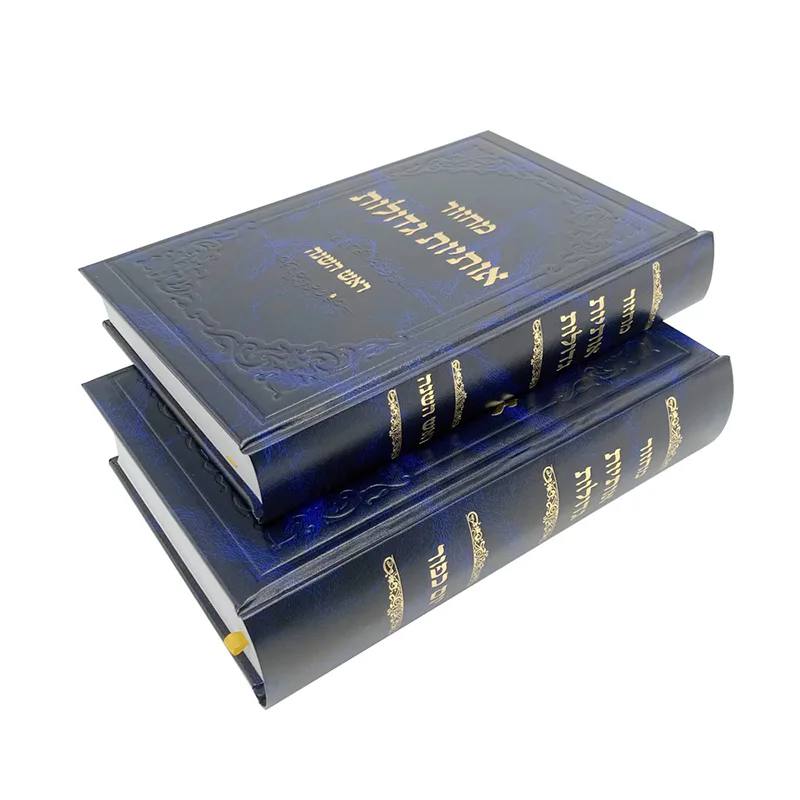Advantages of Hardcover Books
2024-07-13
Hardcover books are a popular format known for their durability, aesthetic appeal, and suitability for long-term use. They consist of a rigid cover typically made from thick paperboard or cardboard wrapped in cloth, leather, or printed paper, providing protection to the pages inside. Here’s an overview of hardcover books:
Construction and Features:
1. Cover Material:
- Paperboard or Cardboard: Provides a sturdy base for the cover, protecting the inner pages.
- Cloth: Commonly used for its durability and texture, often seen in classic and contemporary literature.
- Leather: Offers a luxurious feel and superior durability, found in high-end editions and special collections.
- Printed Paper: Allows for customized designs, images, or patterns to enhance the book's aesthetic appeal.
2. Binding:
- Sewn Binding: Pages are sewn together in sections (signatures) before being glued or stitched into the cover, ensuring durability and longevity.
- Case Binding: Pages are glued into the cover, which is then reinforced with endpapers for added strength.
3. Endpapers:
- Decorative and Functional: Thick paper used to attach the book block to the cover, often featuring designs or patterns that complement the book's theme or style.
4. Dust Jacket:
- Protective Cover: A detachable paper cover wrapped around the hardcover book, featuring artwork, synopsis, and author information.
- Marketing Tool: Often used for promotional purposes and to protect the book from dust and wear.
Advantages:
- Durability: Provides better protection to the pages compared to softcover or paperback books, making them ideal for frequent use and library collections.
- Aesthetic Appeal: Offers a more polished and professional appearance, suitable for gift-giving and collector’s items.
- Perceived Value: Often perceived as more valuable and long-lasting, enhancing the perceived quality of the content.
Applications:
- Literature and Fiction: Hardcover editions of novels, anthologies, and poetry collections.
- Non-Fiction: Textbooks, reference books, and scholarly publications requiring durability and longevity.
- Special Editions: Limited editions, collector’s editions, and anniversary editions featuring unique covers or additional content.
Considerations:
- Cost: Generally more expensive to produce than softcover books due to materials and binding methods.
- Storage: Require more space and care compared to paperback books, especially for larger collections.
- Customization: Can be customized with special features such as embossing, foil stamping, or ribbon bookmarks to enhance appeal and marketability.
Sustainability:
- Environmental Impact: Considerations include sourcing materials responsibly and offering eco-friendly alternatives like recycled paperboard and sustainable cover materials.
Conclusion:
Hardcover books are valued for their durability, aesthetic appeal, and suitability for various genres and purposes. Whether for personal collections, educational use, or special editions, they provide a timeless and prestigious format that enhances the reading experience and ensures long-term enjoyment of the content.



